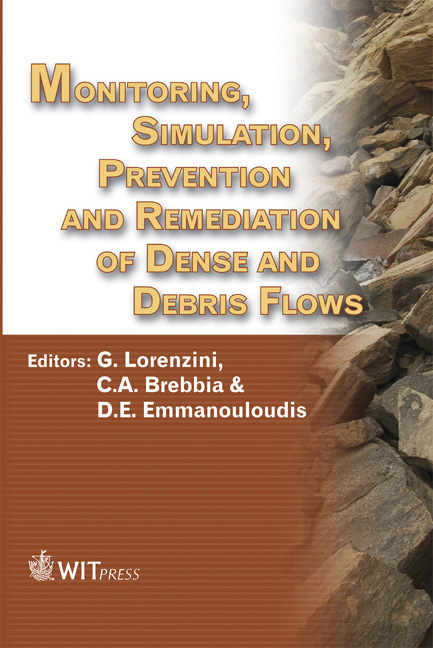Assessment Of Post Fire Debris Flow Potential In A Mediterranean Type Ecosystem
Price
Free (open access)
Transaction
Volume
90
Pages
9
Published
2006
Size
924 kb
Paper DOI
10.2495/DEB060211
Copyright
WIT Press
Author(s)
I. D. Mitsopoulos & D. Mironidis
Abstract
The expansion of human development into forested areas has created a situation where wildfires can adversely affect lives and property, as can the flooding and landslides that occur in the aftermath of wildfires. An estimation of post wildfire debris flow activity was determinated in a recently burnt area occupied by typical Mediterranean vegetation. A simple method that measures fire severity was applied and a detailed map of debris flow generation potential was created using a Geographical Information System. The analyses indicates that the area of the basin burned, the area of the basin with slopes greater than or equal to 20%, and fire severity affect debris flow peak discharge. By utilizing this method local land management agencies can develop debris flow specific mitigation efforts to watersheds that are the most prone to extreme fire events. Keywords: wildfires, debris flow potential, Geographical Information System, Mediterranean ecosystem. 1 Introduction Wildland fires are the most destructive disturbance of the natural lands in the Mediterranean Basin. Mediterranean landscapes have always been subjected to fire, thus burning has became part of their dynamic natural equilibrium [1]. Recent changes in land-use patterns in the Mediterranean Basin have implied the reduction or abandonment of traditional activities, such as extensive grazing or
Keywords
wildfires, debris flow potential, Geographical Information System, Mediterranean ecosystem.





